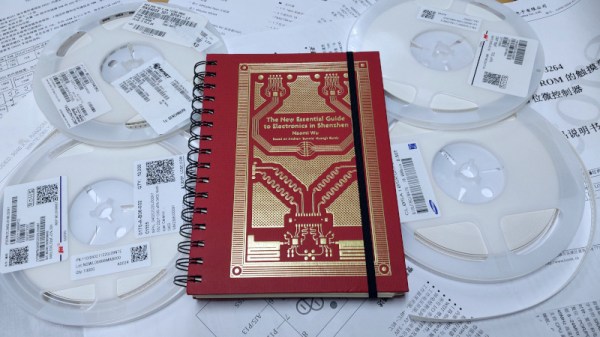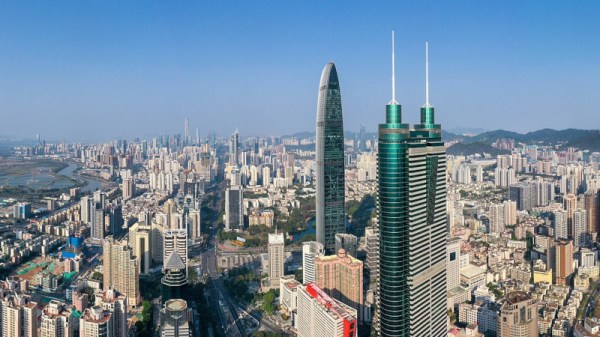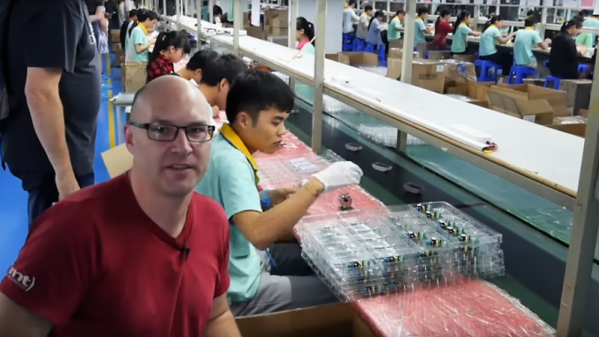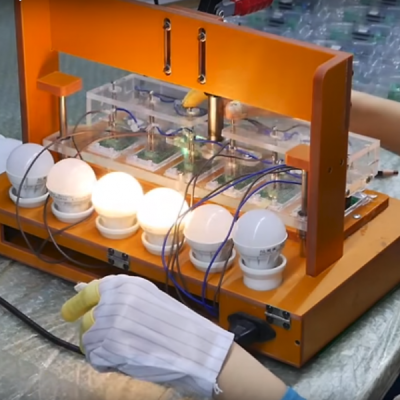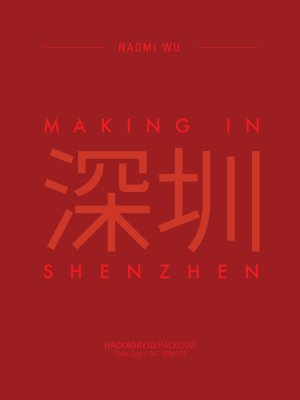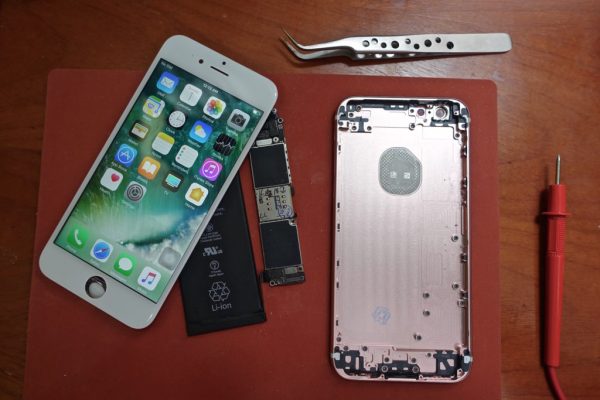The city of Shenzhen in China holds a special fascination for the electronic hardware community, as the city and special economic zone established by the Chinese government at the start of the 1980s it has become probably one of the most important in the world for electronic manufacturing. If you’re in the business of producing electronic hardware you probably want to do that business there, and if you aren’t, you will certainly own things whose parts were made there. From the lowly hobbyist who buys a kit of parts on AliExpress through the project featured on Hackaday with a Shenzhen-made PCB, to the engineer bringing an electronic product to market, it’s a place which has whether we know it or not become part of our lives.
First, A Bit Of History
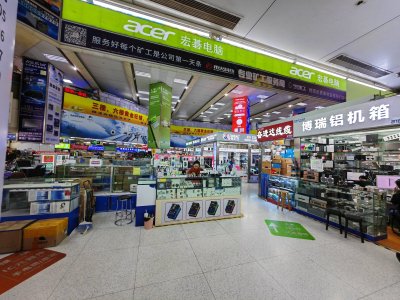
At a superficial level it’s very easy to do business there, as a quick trawl through our favourite Chinese online retailers will show. But when you’ve graduated from buying stuff online and need to get down to the brass tacks of sourcing parts and arranging manufacture, it becomes impossible to do so without being on the ground. At which point for an American or European without a word of Chinese even sourcing a resistor becomes an impossibly daunting task. To tackle this, back in 2016 the Chinese-American hardware hacker and author Andrew ‘bunnie’ Huang produced a slim wire-bound volume, The Essential Guide to Electronics in Shenzhen. This book contained both a guide to the city’s legendary Huaquanbei electronics marts and a large section of point-to-translate guides for parts, values, and all the other Chinese phrases which a non-Chinese-speaker might need to get their work done in the city. It quickly became an essential tool for sourcing in Shenzhen, and more than one reader no doubt has a well-thumbed copy on their shelves.
There are places in the world where time appears to move very slowly, but this Chinese city is not one of them. A book on Shenzhen written in 2016 is now significantly out of date, and to keep pace with its parts that have since chanced beyond recognition, an update has become necessary. In this endeavour the mantle has passed to the hardware hacker and Shenzhen native Naomi Wu, someone with many years experience in introducing the people, culture, and industries of her city to the world. Her updated volume, The New Essential Guide to Electronics in Shenzhen has been the subject of a recent crowdfunding effort, and I was lucky enough to snag one. It’s a smart hardcover spiral-bound book with a red and gold cover, and it’s time to open it up and take a look. Continue reading “Review: The New Essential Guide To Electronics In Shenzhen”

